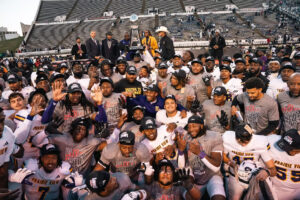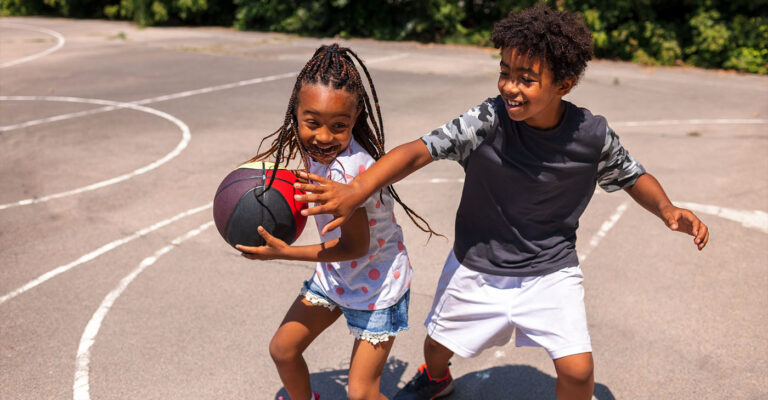By Stacy M. Brown
Black Press USA Senior National Correspondent
The term “back in the day” is often used as nothing more than a throwaway line. But for Black children growing up in the 1970s, 1980s, and even the 1990s, it was real life. It meant freedom, friendship, and community. It meant the smell of barbecue in the summer air, the sound of jump ropes hitting concrete, and the laughter of children echoing through the neighborhood. “Back in the day” was not just a time. It was a feeling. The Root recently explored what Black kids once did for fun before the world went digital, but we’ve gone a little further.
From the East Coast to the West, the streets belonged to the children. They rode bikes in groups, jumped double-dutch for hours, and raced each other down the block until the streetlights came on. There was no rush to get home to scroll through a phone or play on a console. The fun was right outside the front door. “We didn’t stay inside unless it rained,” said Denise Porter, a D.C. restaurant hostess. “You’d eat breakfast, grab your bike or a jump rope, and you were gone all day. Everybody knew who you were and looked out for you. The whole neighborhood raised you.” Before smartphones and streaming, imagination was the most powerful thing a kid could have. Children created their own games like “Red Light, Green Light,” “Mother May I,” and “Hide and Go Seek.” They clapped their hands to rhymes like “Miss Mary Mack” and “Down Down Baby,” singing in unison, laughing, and learning rhythm without even realizing it.
Anthony “Tone” Rivers, who lived on Fordham Road in the Bronx all his 59 years, remembered how simple life was. “We didn’t need gadgets to have fun,” he said. “A stick was a bat, a crate was a hoop, and the sidewalk was our playground. We made the best of what we had. That’s how we learned to be creative.” Every neighborhood had a corner store that was a rite of passage. A single dollar could buy enough candy for the day. Kids walked there in groups, joking, playing, and feeling independent. “You’d walk to the store laughing with your friends,” said Arlette Richardson, 54, whose father, Rodney Worthington, owned a bodega in Queens. “It wasn’t about the candy. It was about the freedom, the trust, and the fun of being with your people. You felt grown even when you weren’t.” Saturday mornings were for cartoons like Fat Albert, Super Friends, and The Smurfs. But once noon hit, televisions across America tuned into Soul Train. Don Cornelius’s smooth voice, the dancers, and the music gave Black kids something no other show did at the time—a reflection of themselves.
“You didn’t miss Soul Train,” said Marcus Hill, 61, who works for the MTA in New York. “You’d sit with your cousins trying to copy the dancers. It made you proud to see us shining like that. It was style, pride, and confidence all in one.” Community was everything. Family cookouts, block parties, and recreation centers brought people together. DJs set up turntables and filled milk crates with hit records while parents grilled ribs and chicken. Kids danced in the street barefoot while elders clapped and cheered. These were not just weekend events. They were celebrations of life. “Those cookouts brought everyone together,” said Aja Sledge, 53. “You could smell the barbecue halfway down the block. Somebody started the music, and everybody came out. You didn’t need an invitation. You just showed up and belonged.”
And when the sun went down, kids found new ways to keep the fun going. They played school, house, or store, creating entire worlds from cardboard boxes and old notebooks. It was creativity that built character and connection. Sledge said those days shaped the way people grew up. “We learned how to lead, how to care, and how to look out for one another,” she said. “That’s what ‘back in the day’ meant. We didn’t need Wi-Fi to be connected. We had pay phones and some of us had pagers, but we weren’t distracted by them like kids are today with cell phones. Most importantly, we had love, we had community, and we had each other.”







